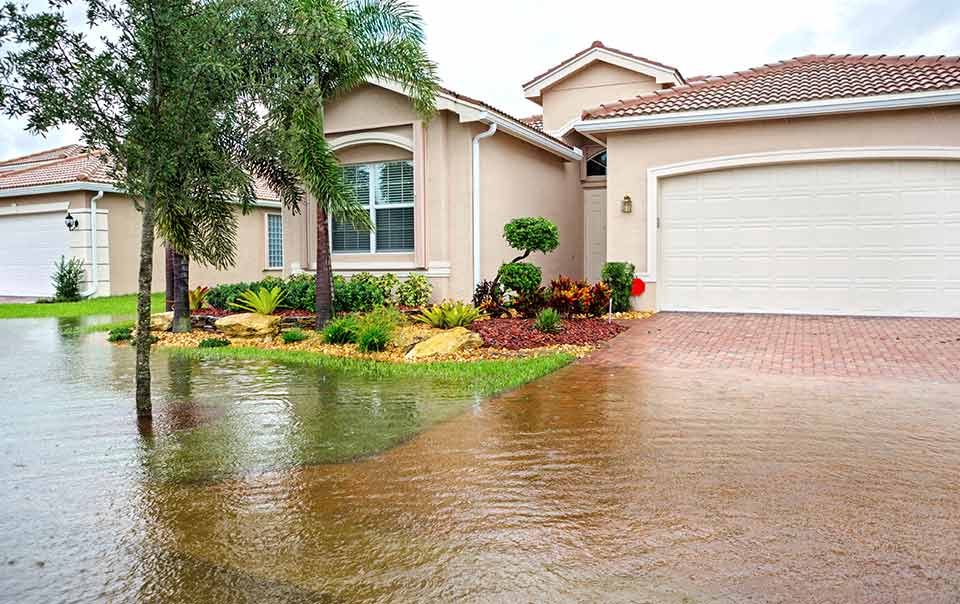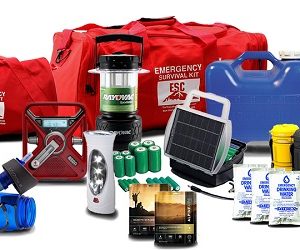While fire may be a more prevalent problem among homeowners, your house may effectively be as much as ten times more probable to be harmed by rain than fire. Important water damage sources to your property can result from weather-related moisture or flooding, including heavy rain flooding, flash flooding, dam and levee failure, tidal storm surges, and mud flows. In addition, new buildings, roads or bridges can change the flow of water, increasing the potential for flooding.
Living in a high-risk flood area may boost the probability of flooding, but being outside a high-risk area does not imply that homeowners are secure; flooding is always a chance because of triggers such as heavy rain, snowmelt and summer thawing.
There are a range of tasks that you can do to assist minimize or stop water harm to your estate. Follow these advices to assist prepare and recover from possibly costly flood harm.
Before the Flood:
- Have your furnace, water heater and other permanent equipment raised above the expected level of flooding in your area.
- Do Regular inspection of sump pumps and drains to ensure proper operation.
- If you have a generator, provide a transfer switch with a licensed electrician to your sump pump so that in the event of flooding you can operate it.
- Have an indoor or outdoor backflow prevention valve installed by a licensed plumber to help prevent sewage backup.
- Keep sandbags at hand to help divert unusually high water from your foundation.
- Flag drains to avoid snow plowing on top of them in snowy climates.
- Learn the warning signals from the flood of your community.
- Collect emergency building materials if you live in a frequently flooded area. It is possible to include plate wood, plastic sheeting, wood, nails, shovels and sandbags.
- Plan and practice an evacuation route. If separated, designate a place to meet family members.
- Review how all family members can shut down utilities in an emergency.
- Plan a survival kit with important documents including insurance documents, medicine and critical items if you need to leave your home.
During the Flood:
- Listen to the latest battery-operated radio or television storm information. Shut down all utilities and, if advised to evacuate, evacuate immediately.
- Move to high ground, avoid rising waters, and do not pass or drive through floodwaters.
- Stay away from power lines and power cables downstream.
After the Flood:
- Hear the radio and don’t go home until the authorities say that this is safe to do.
- Inspect it once it’s allowed back to your home for damage. If there is damage to your property, report the loss promptly.
- Throw away all food that comes into floodwater’s contact.
- Remove water as quickly as possible from your basement. To avoid structural damage if your basement is flooded, pump out about 1/3 of the water per day.
- Within 24-48 hours after a flood, dry or remove properly soaked carpets, padding and upholstery to prevent mold growth. Reject anything that may not be properly dried.
- Wash and disinfect all areas that are flooded. This includes heating and air conditioning systems as well as walls, floors, wardrobes and shelves. Do not energize electrical or electronic equipment that may have been damaged by water without having a qualified electrician first and/or testing.




